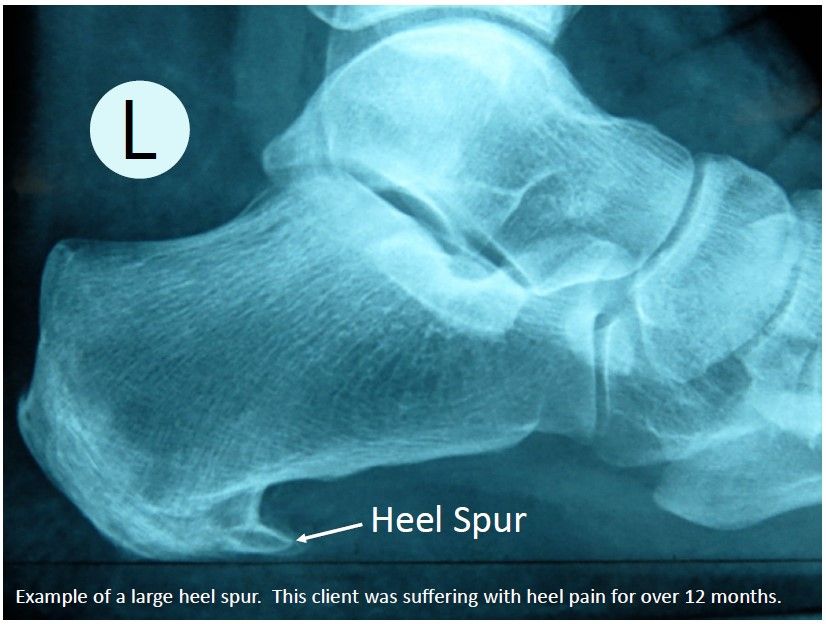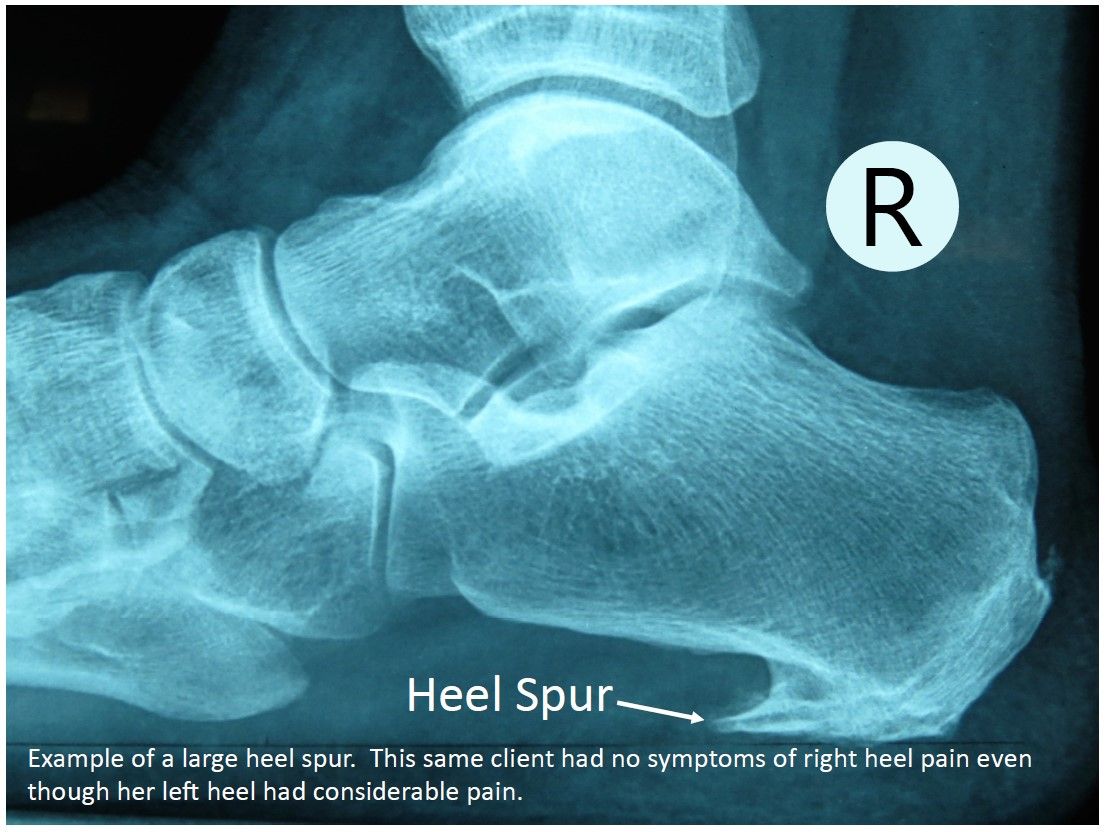Heel Pain Blog – Natural treatment

Heel pain is one of those conditions that all podiatrists see in their offices. Some clients respond really quickly and others need a lot more work. The key here is to catch the problem early and start treating the cause as soon as possible.
For most people that come into our office complaining of heel pain, the tender point is normally located around the central and medial heel. Often clients will say that they experience the pain on the lateral or outside of the heel, but this is often referred pain and on closer examination the focal tender point is not there but on the central and medial area as mentioned previously.
Clients will often come in with a bag of orthotics that they have tried over the years with mixed results. Often an orthotic has worked for a period of time and then symptoms reoccur and then they purchase another pair from another practitioner hoping to solve the issue, but are still met with mixed results.
The key that we find is that practitioners are missing some vital steps in assessing and correcting heel pain cases. Often what is missed is a detailed examination of the range and quality of movement in the foot and ankle. Also missing is an understanding of what the joints should ‘feel’ like and the ‘normal’ position of where each of the joints in the foot and ankle should be, and how they are gliding in each joint capsule. Thirdly assessment of a client’s foot and leg posture while standing, walking and running is also critical to understanding the recurring abnormal biomechanical forces that are stressing the muscles, ligaments and tendons. This will lead to exceptionally high forces on the plantar fascial insertion at the heel bone leading to tearing of the fascia. Fourthly, understanding which muscles of the foot and leg are weak or strong will also play an important role in determining what needs strengthening or stretching to achieve better body balance and stability.
In the following case you will see an example of a client that had been experiencing heel pain for over 12months and had been using a pair of orthotics. The client also had two cortisone injections and was still suffering with knife like heel pain in the left foot on rising, first thing in the morning and after periods of rest.

Note the large ‘heel spur’ or bone spur that is protruding from the base of the left heel. What is interesting to note is that the right foot had no heel pain, yet has a heel spur just as large as the left. What is important to note is that the presence of a heel spur or bone spur does not mean that you will have heel pain. However it does indicate that there is a biomechanical problem with the way that your foot and leg are functioning and that is what needs to be addressed.

The good news with this particular case is that over a period of 6 weeks with treatment at the Foot Posture Centre using our All Natural System, this client began to notice improvement in symptoms and 3 months later the pain completely disappeared. A post x-ray performed 6 months later did show that the bone spur was still there (which is what we expected) however symptoms had gone. The reason why the symptoms had not reduced prior to our treatment for over 12 months was that the cause of the problem was not addressed, as mentioned previously. Therefore we needed to address the quality and range of movement and correct that with foot mobilisation therapy. Each of the joints within the foot needed to glide and function better.
It was crucial that her posture was addressed and while this client was in the late 50’s age bracket there was quite a bit of retraining to do. However the client persisted and felt the benefits down the track with improvements also in knee pain and a smoother walking pattern instead of the limp that people had previously often noticed.
So in summary if you are suffering with heel pain it is important to really address the cause of the condition and work on a combination of stretching and strengthening muscles, joint mobilisation of specific areas and attention to correcting your static and dynamic posture. These are critical steps towards long term recovery, prevention of further injury and being able to maintain an active lifestyle.
